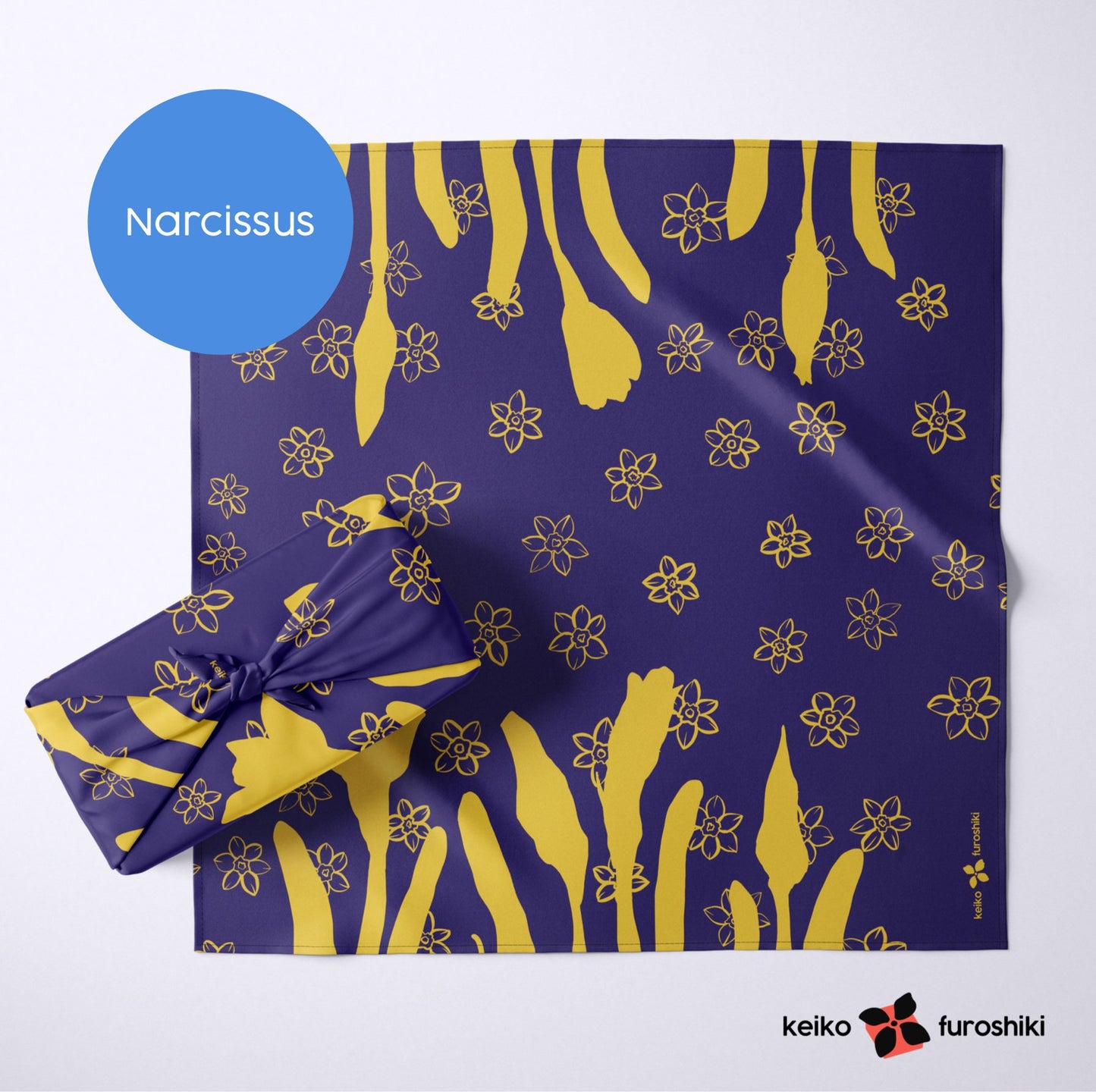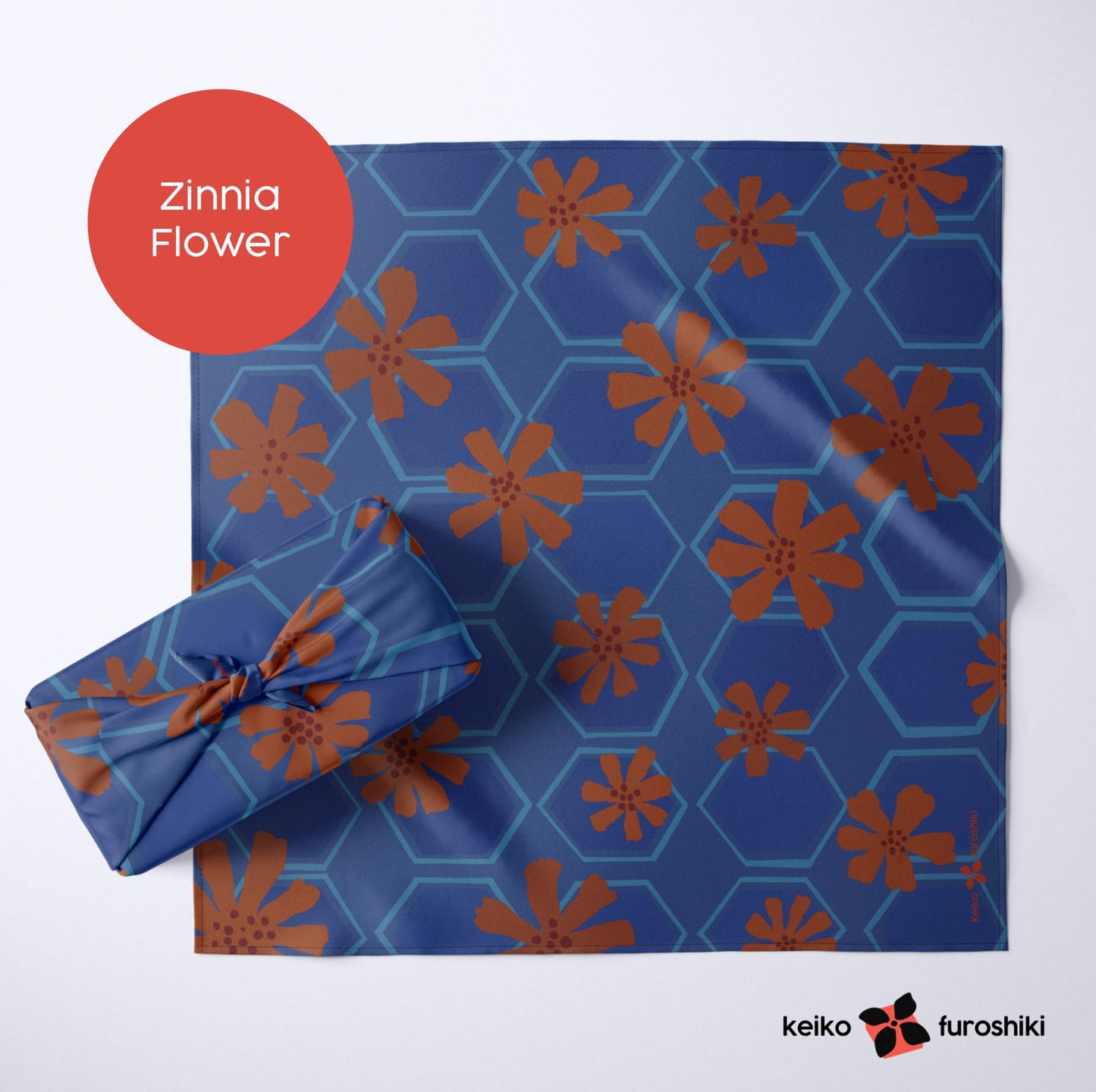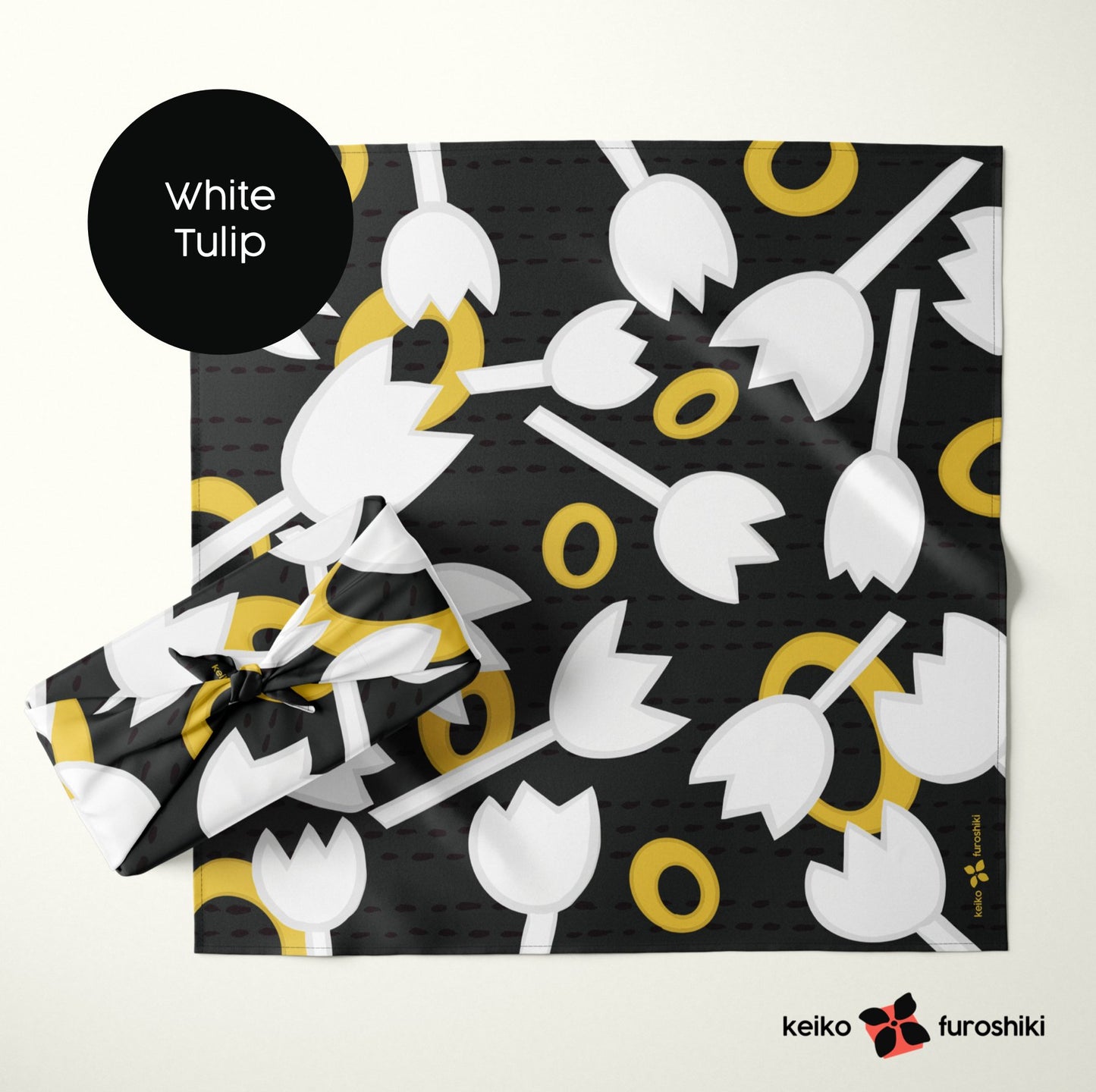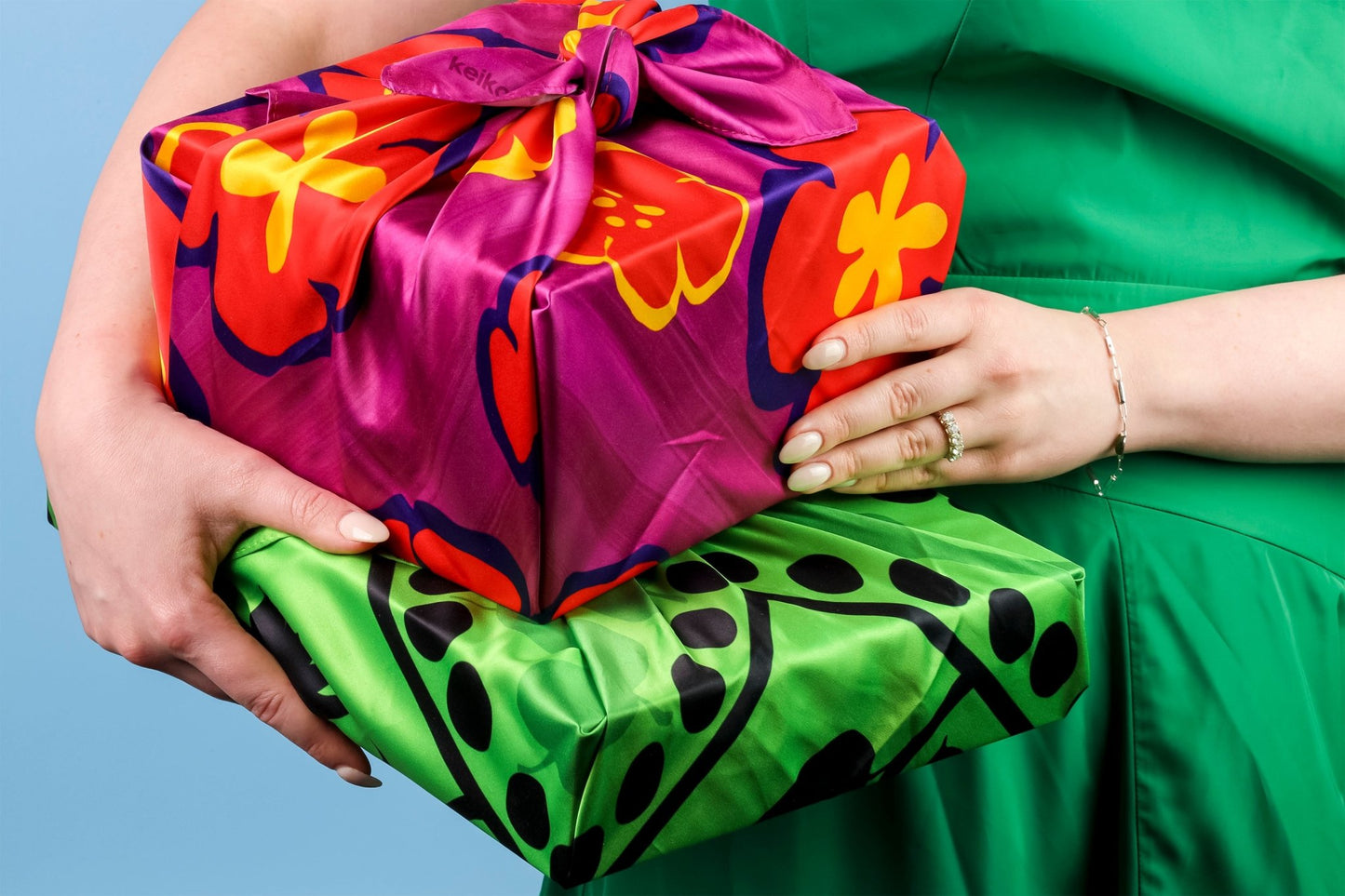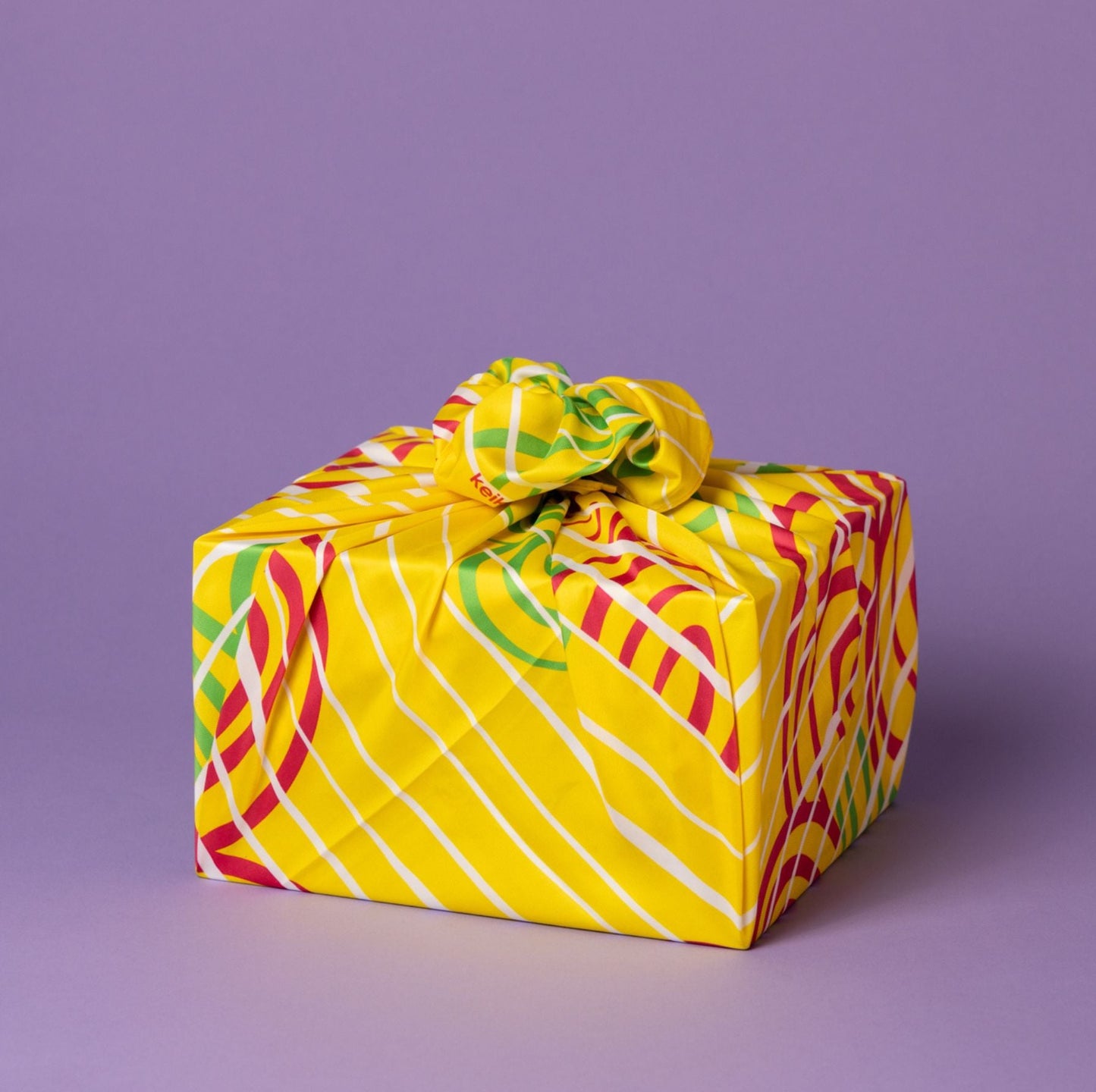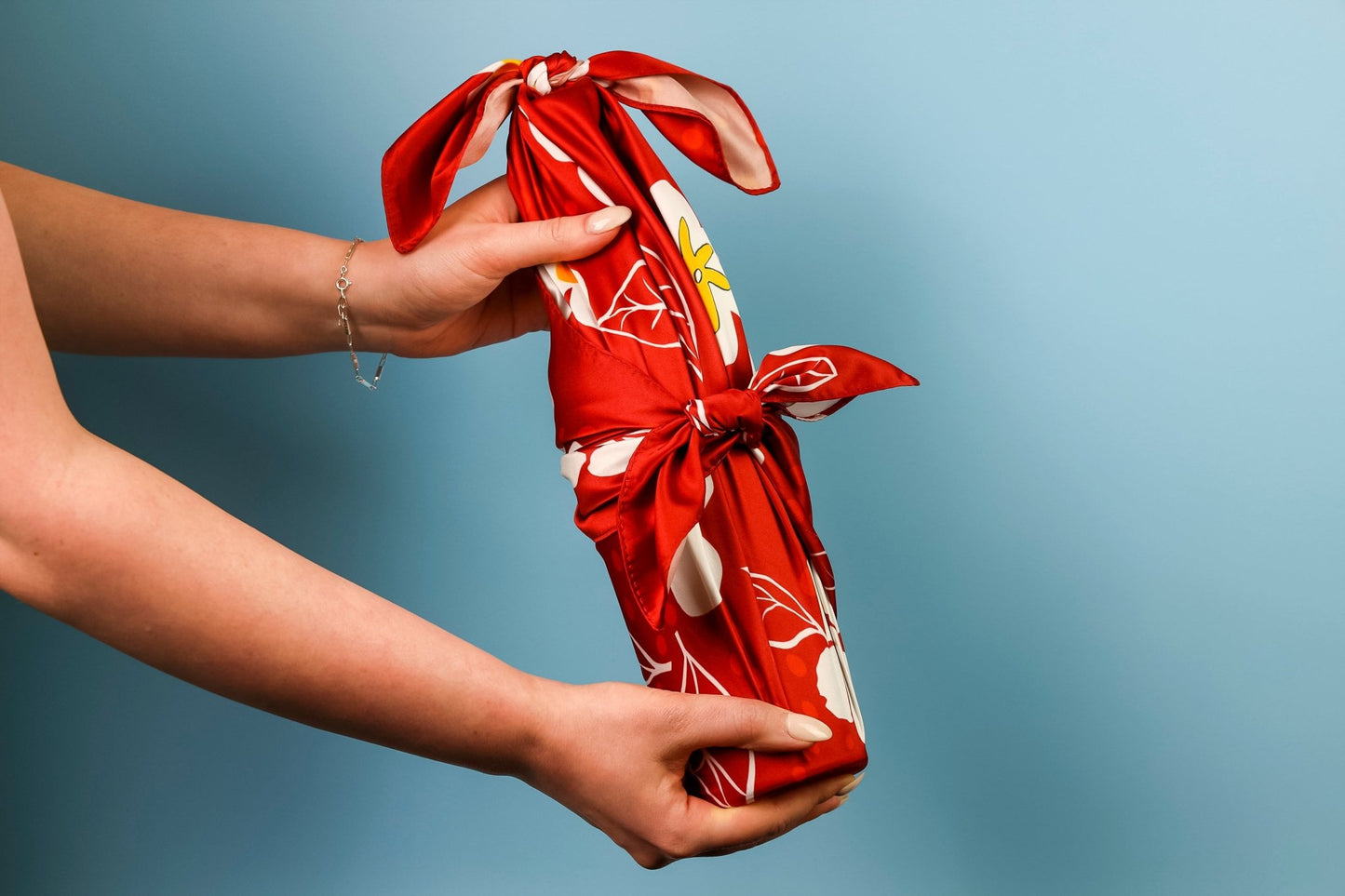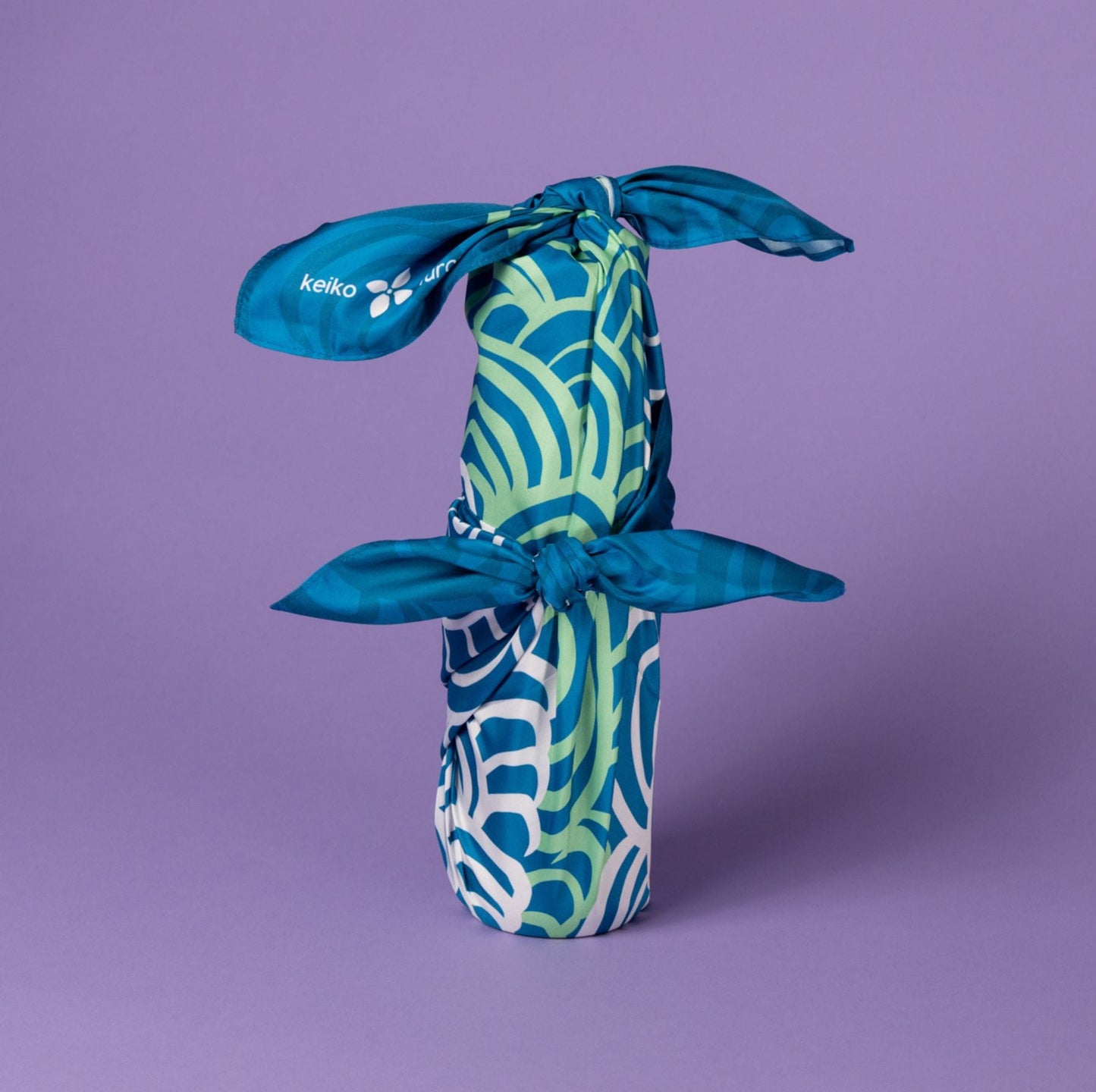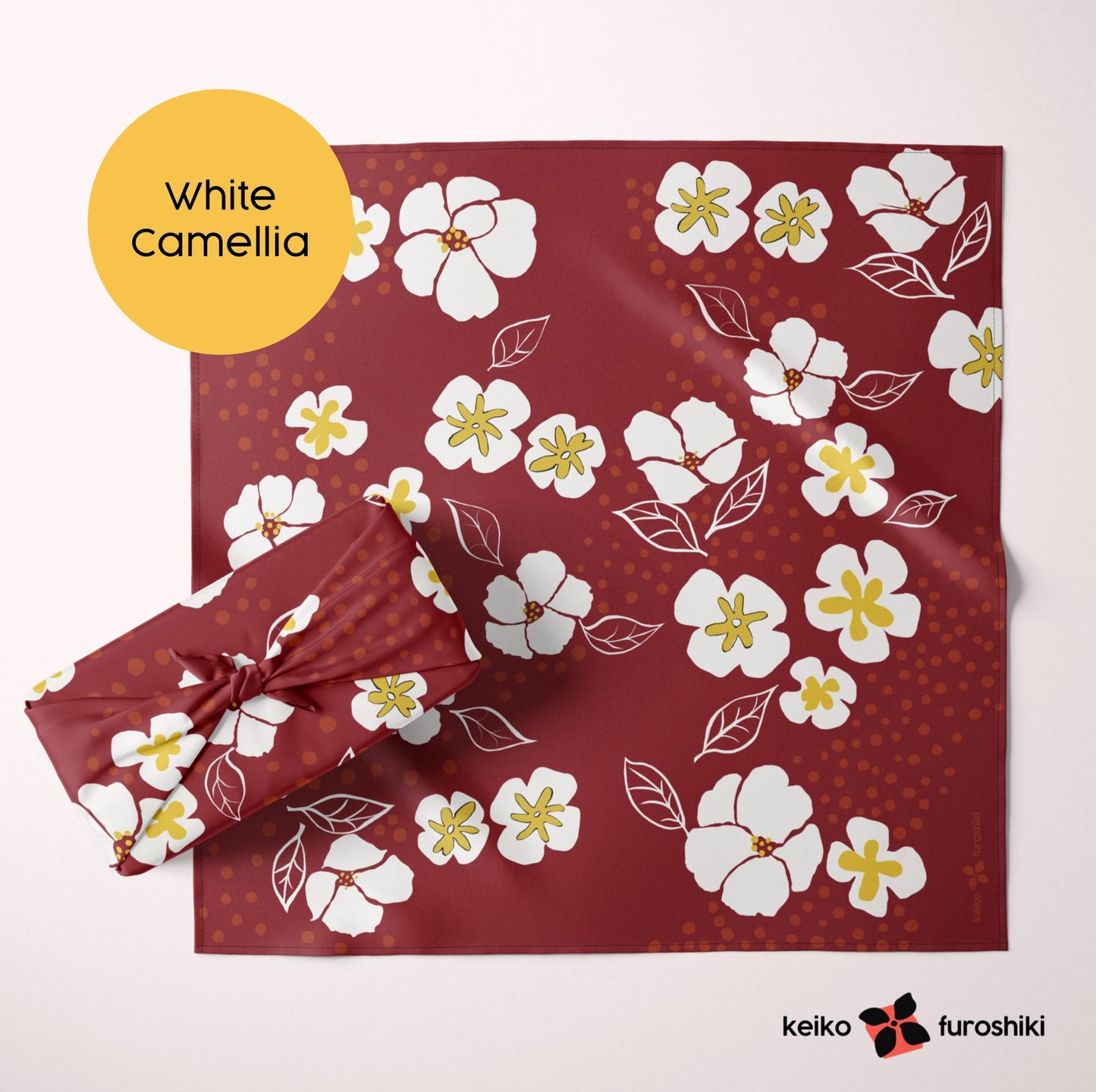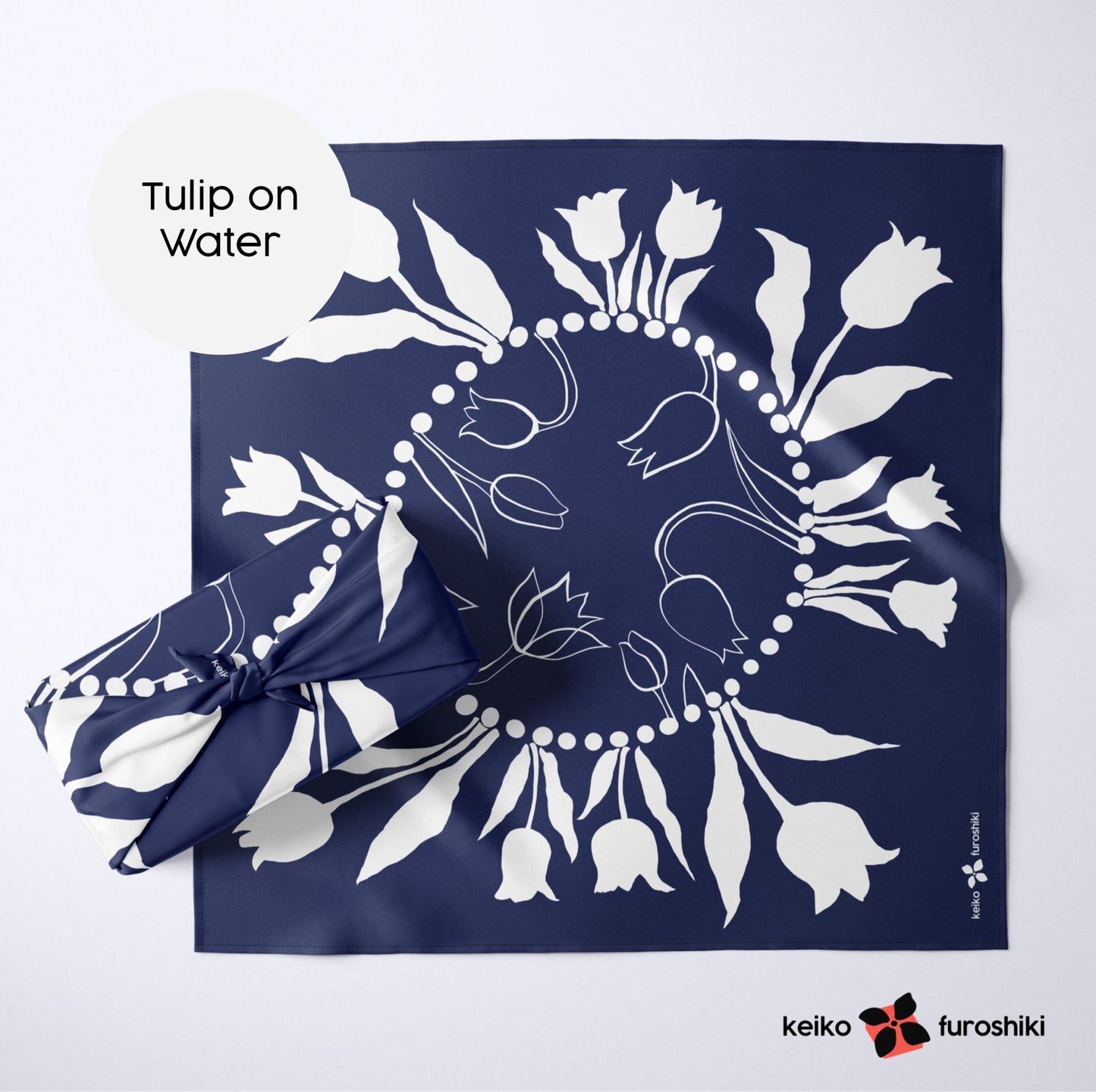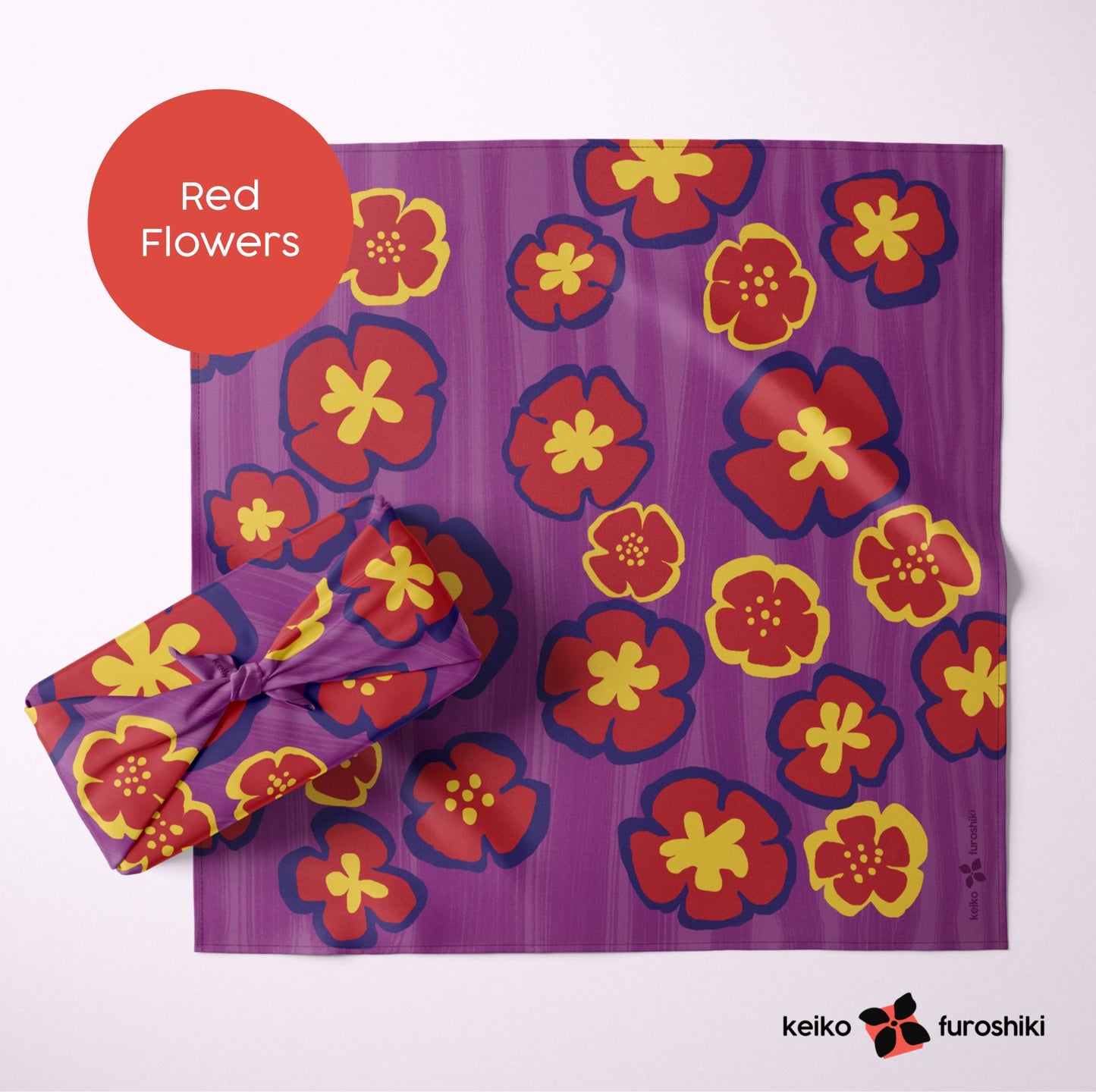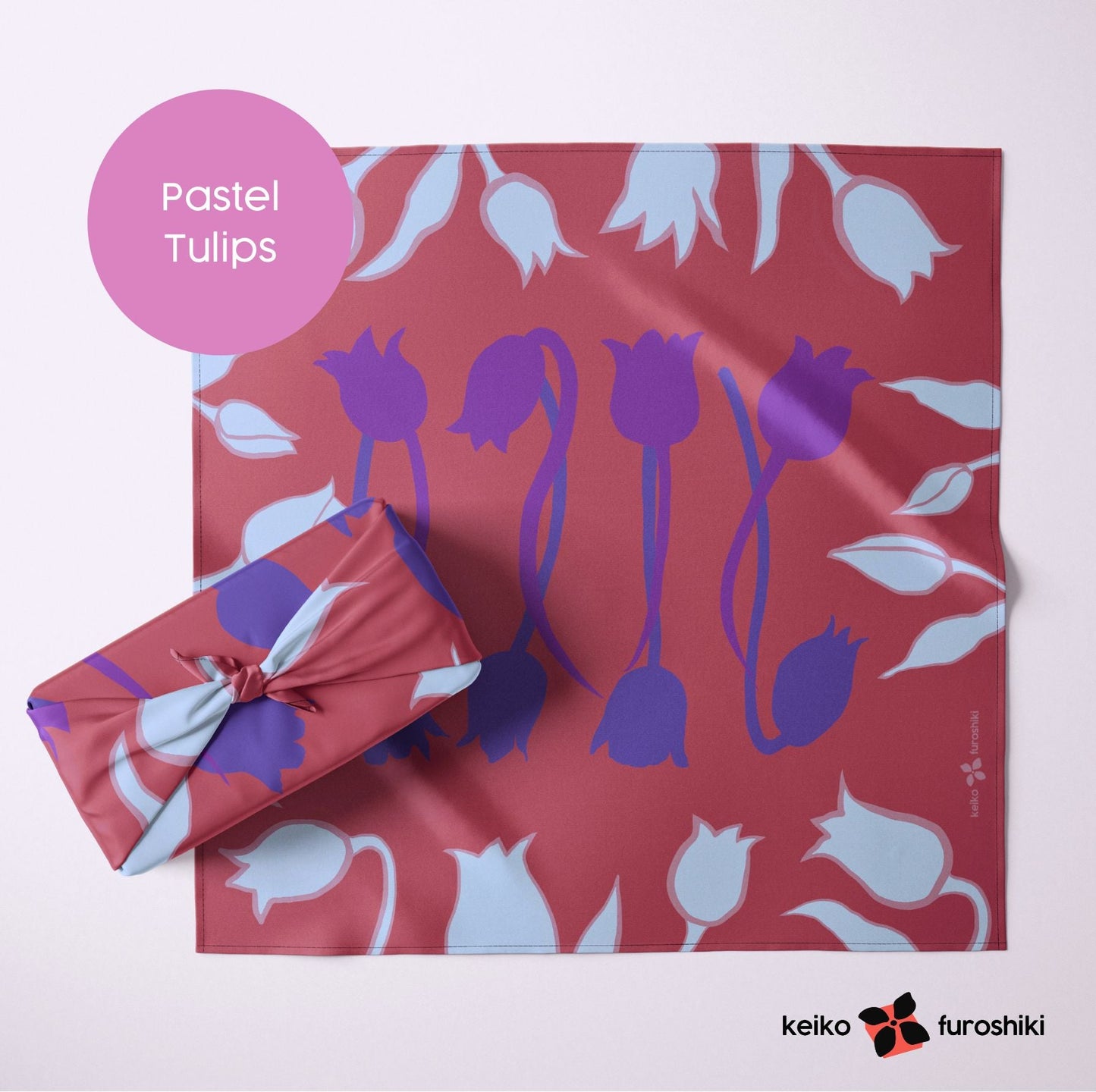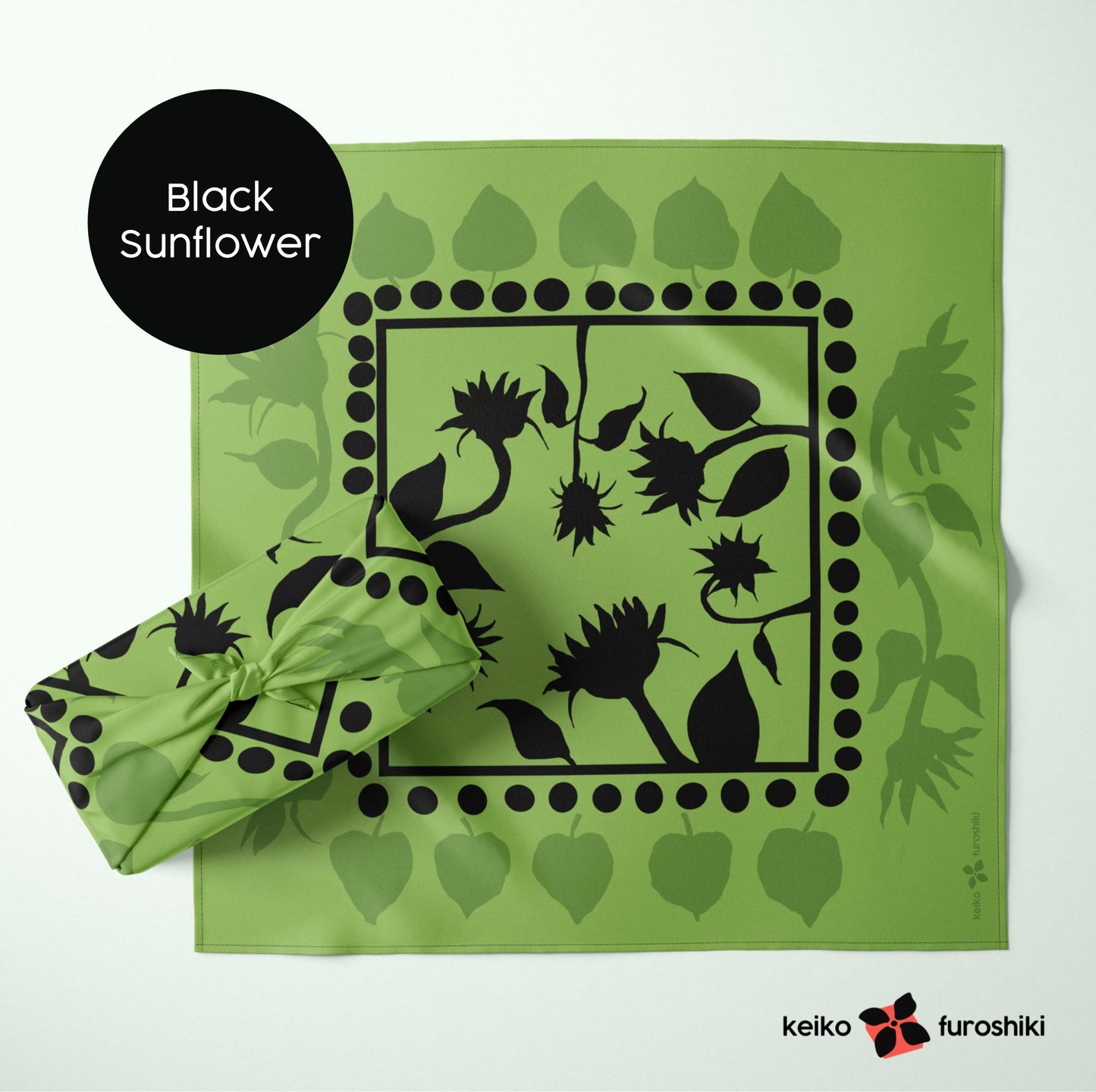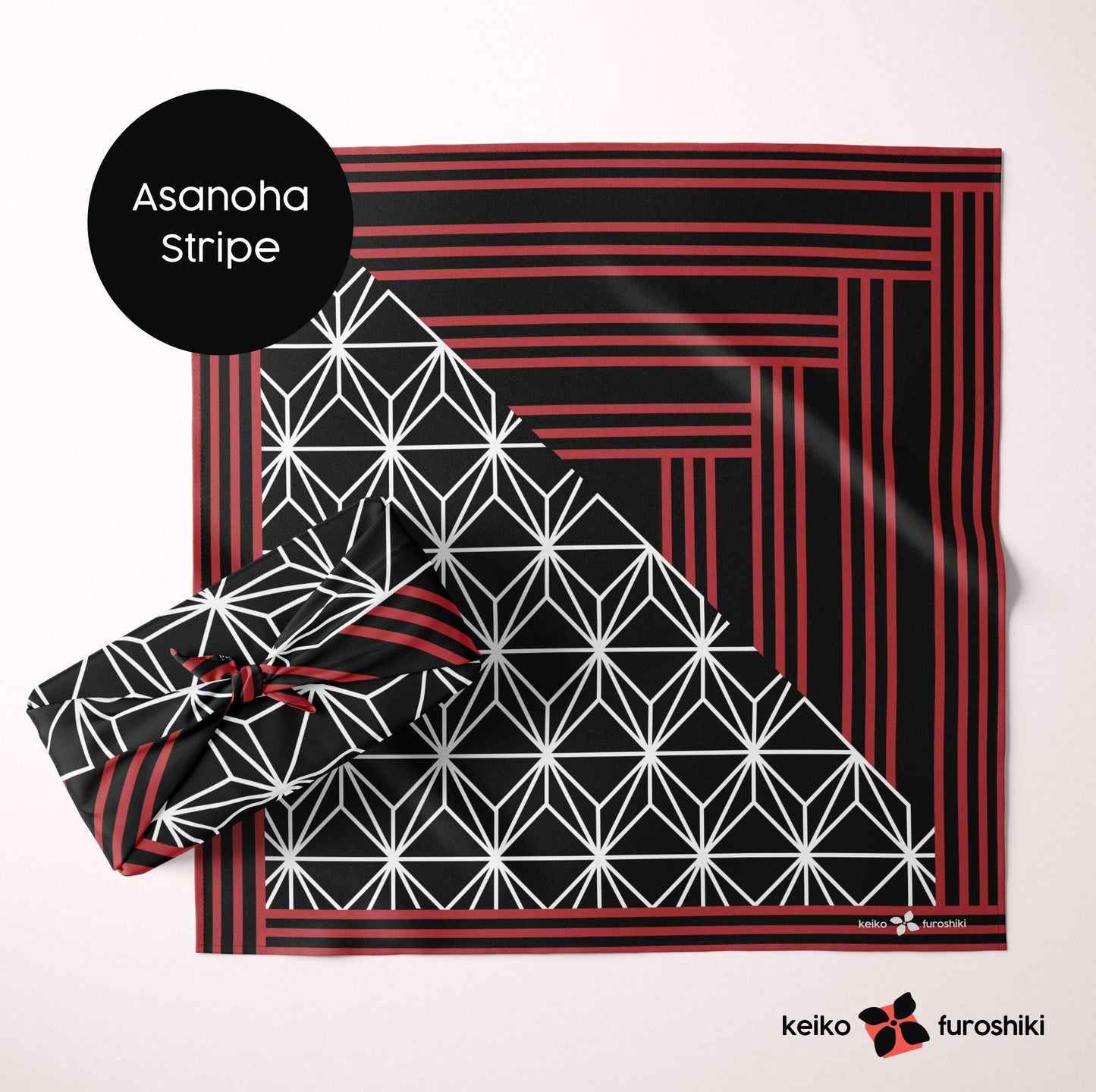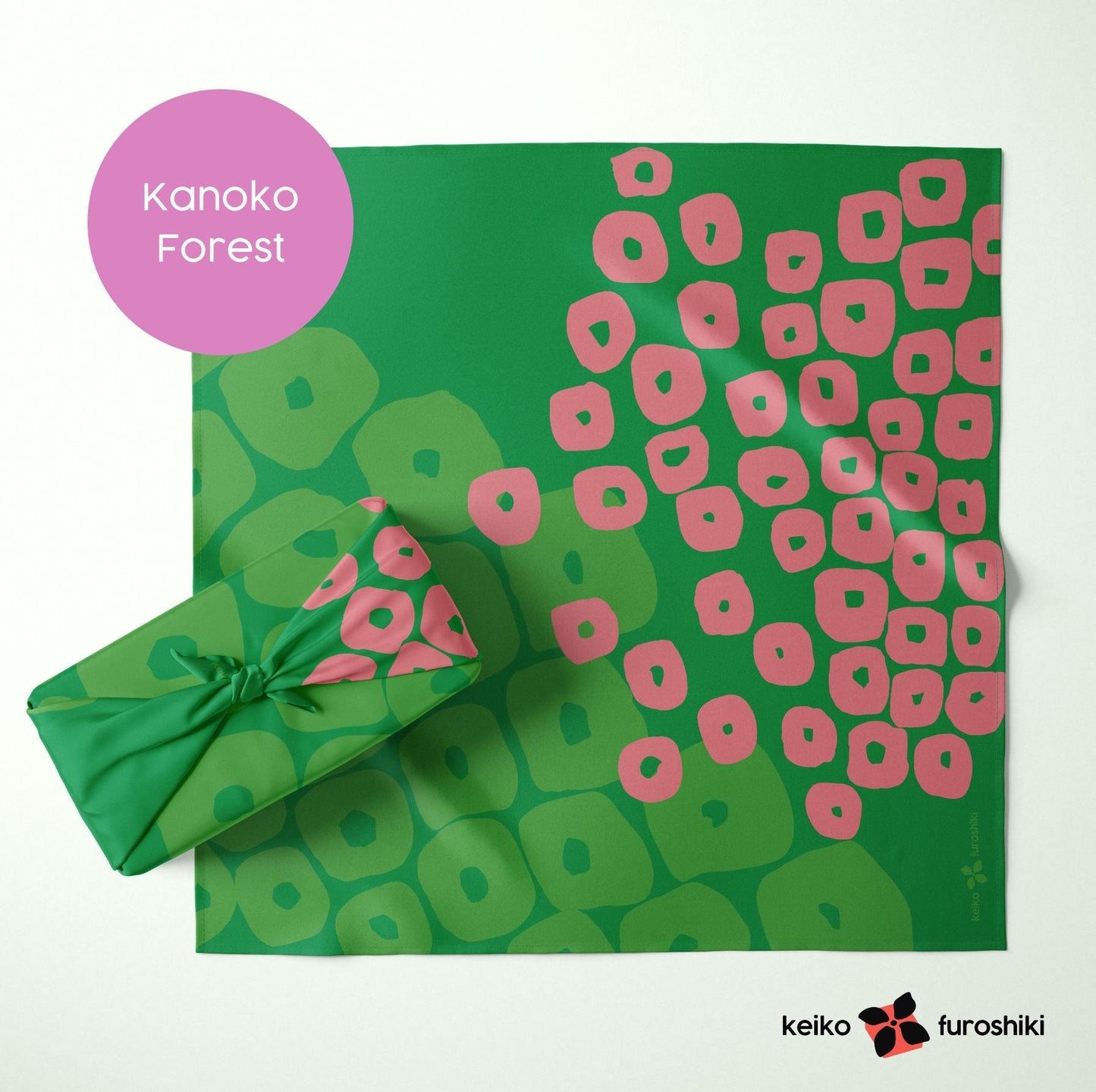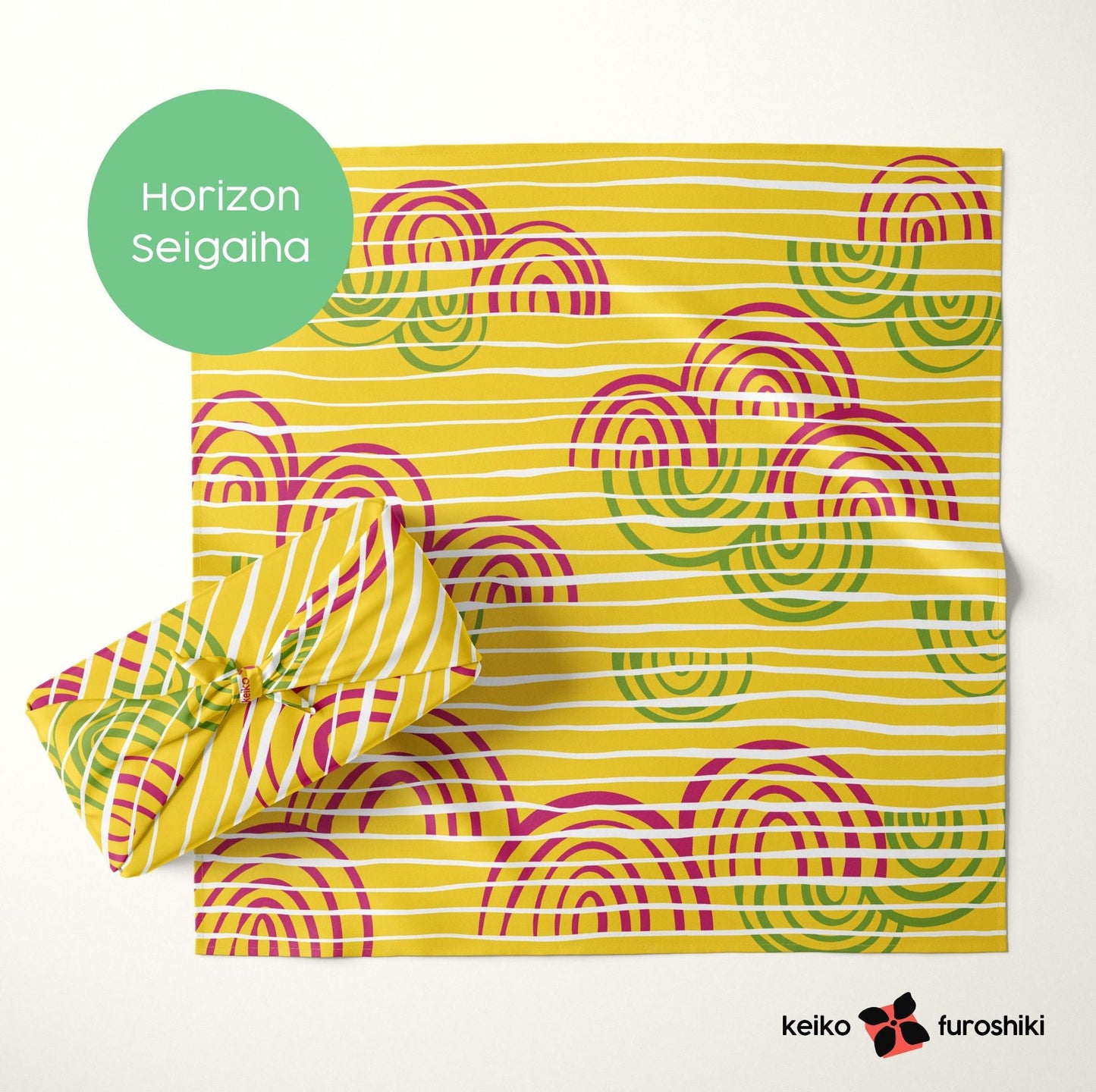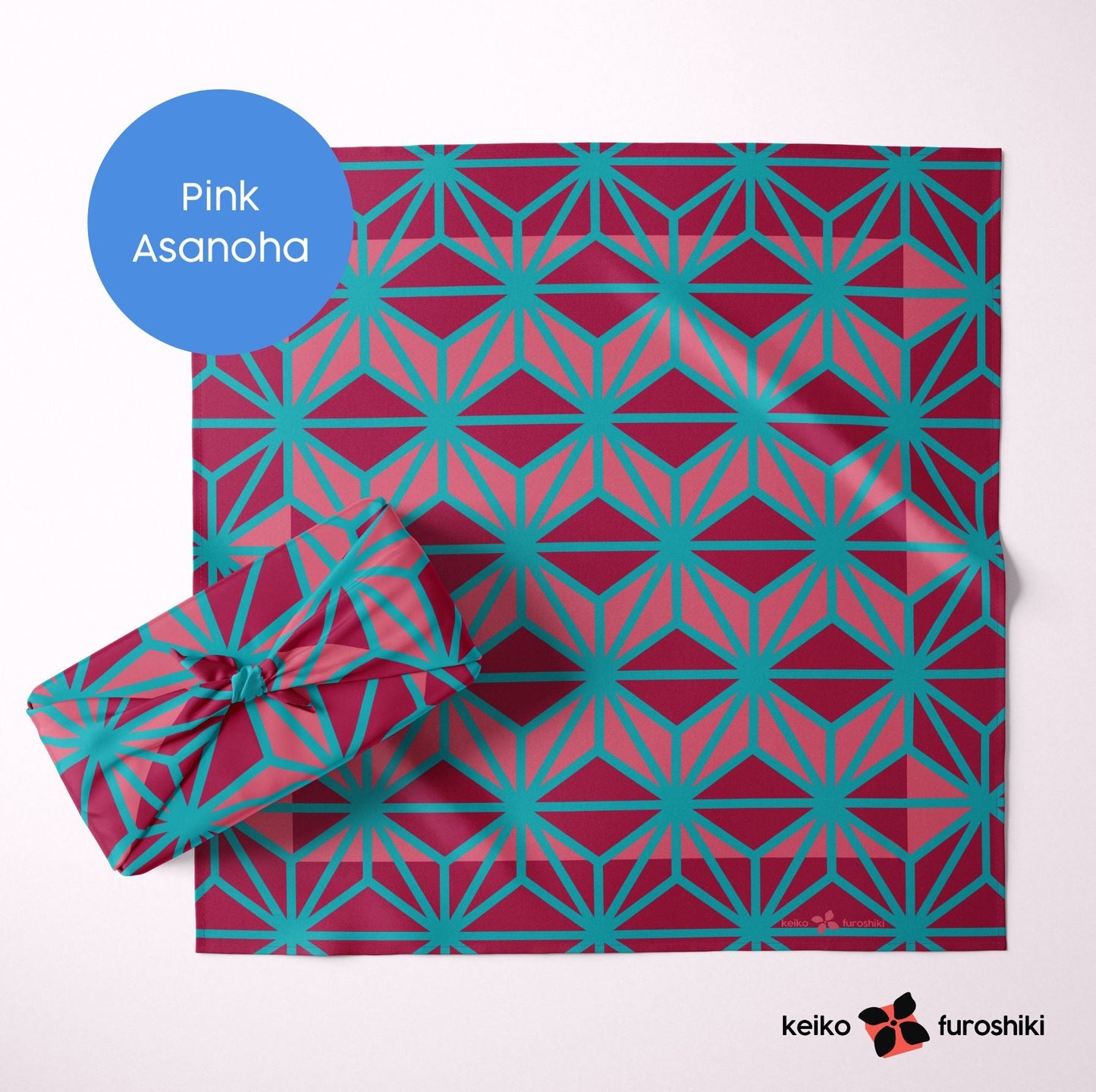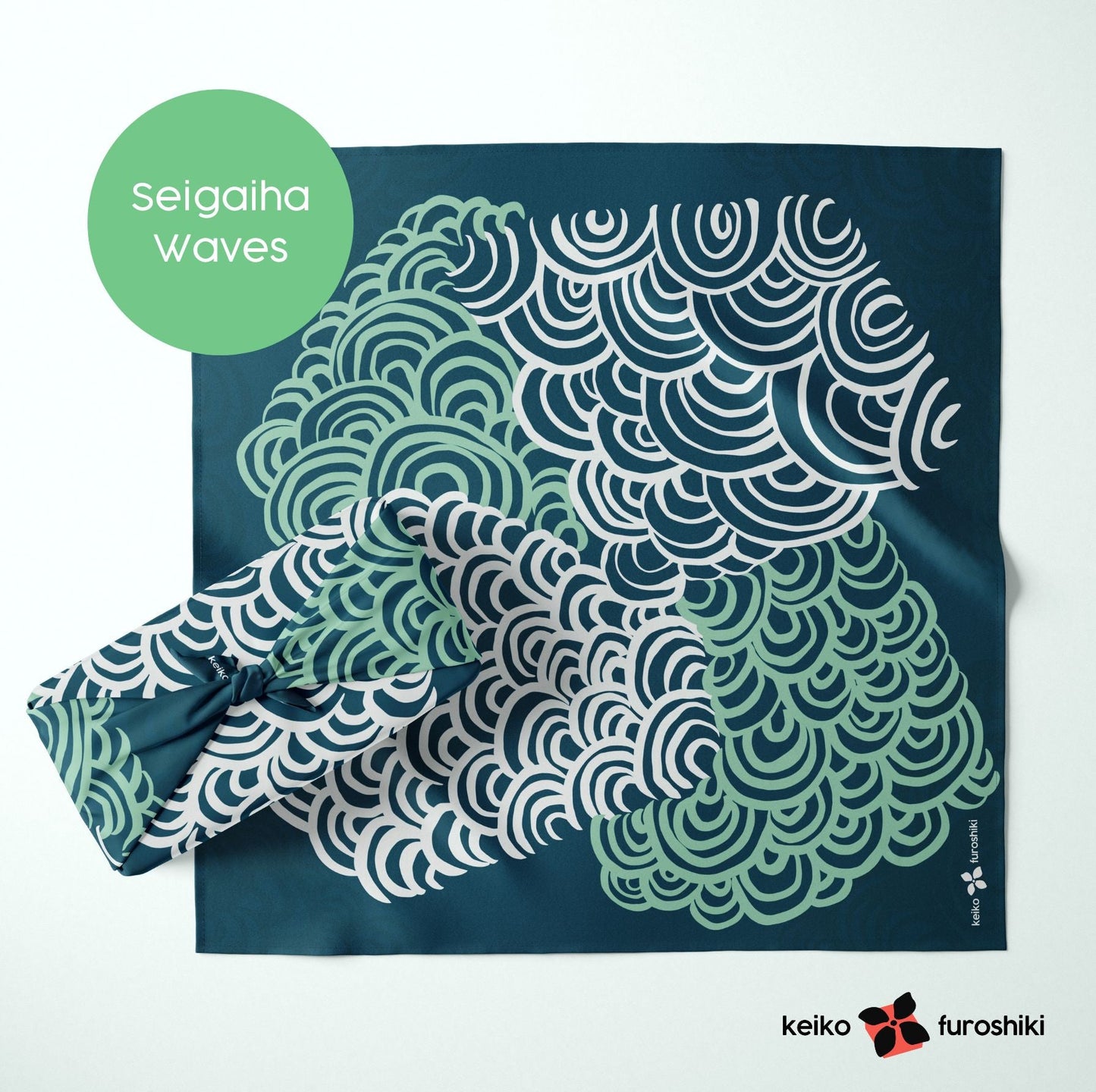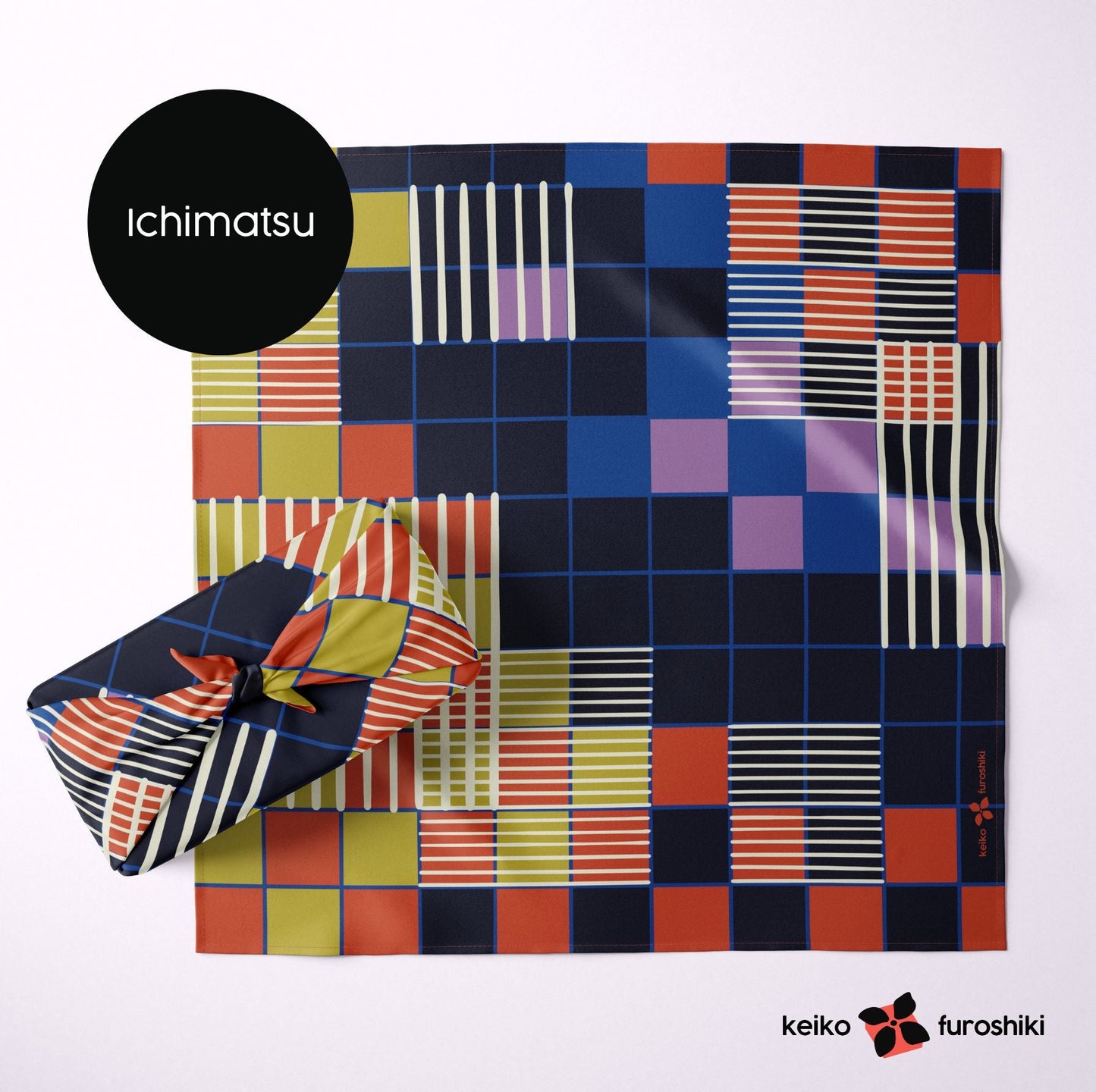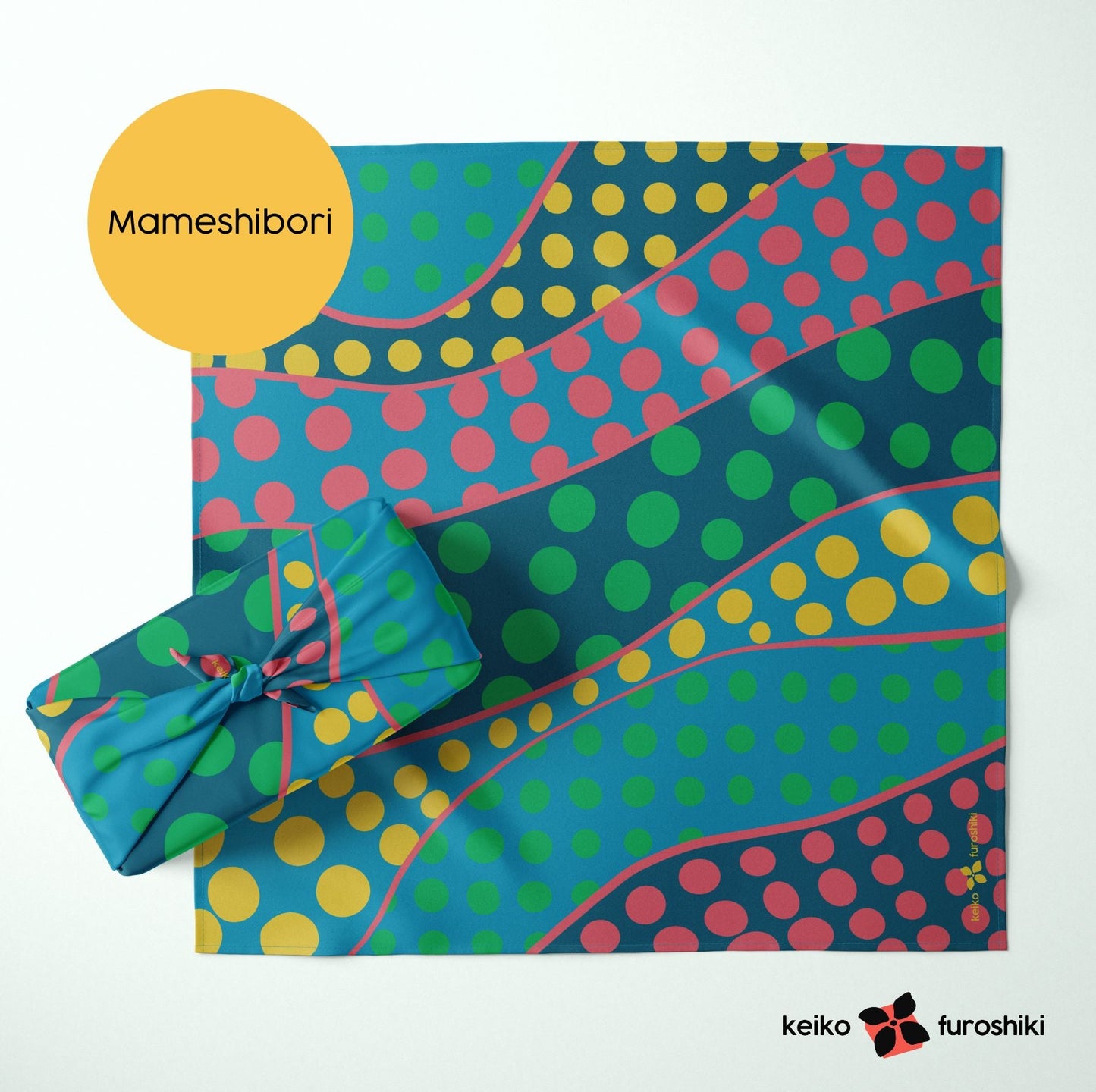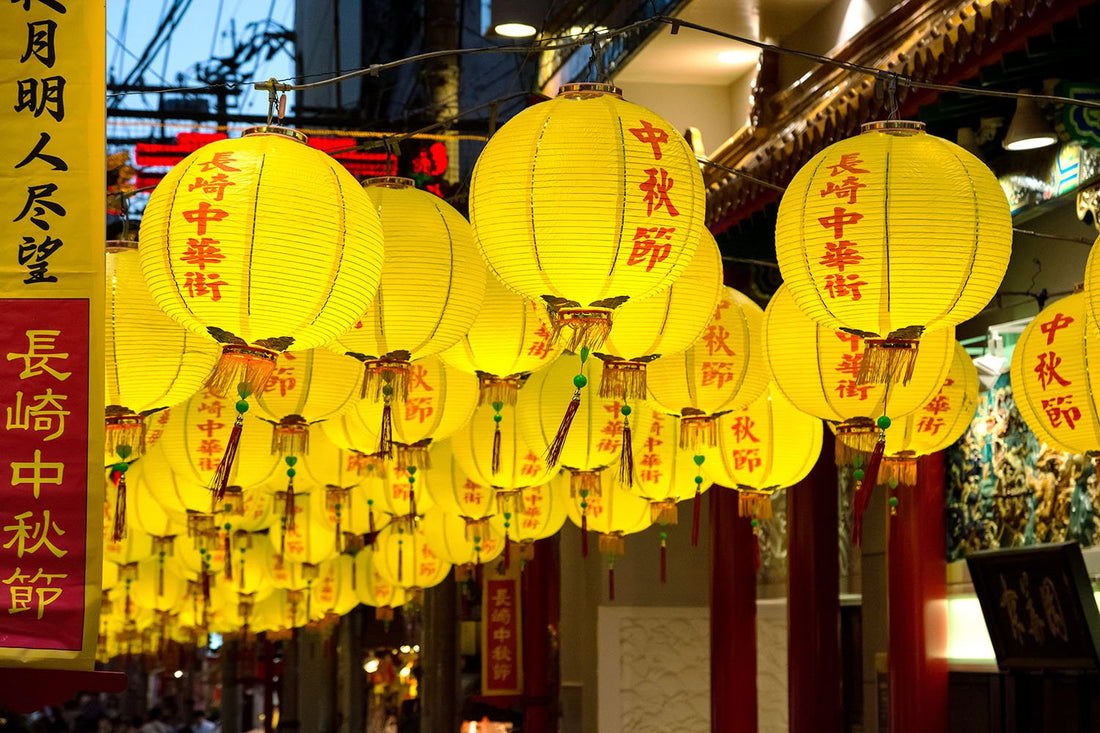
All About Tsukimi: Japan's Autumn Full Moon Festival and Furoshiki Wrapping Ideas
Japan's Moon Festival, known as Tsukimi (月見), which literally means "moon viewing," is a traditional celebration dedicated to the beauty of the full moon, particularly in autumn. The festival has its origins in ancient Chinese customs and has been celebrated in Japan since the Heian period (794–1185). This year, it is Tuesday, September 17, 2024.
When and How It's Celebrated
Tsukimi is typically observed on the 15th day of the eighth month of the traditional Japanese lunar calendar, which usually falls in September or early October in the Gregorian calendar. This time of year is known as the Chushu no Meigetsu (中秋の名月), or the "Mid-Autumn Moon," when the moon is believed to be at its brightest and most beautiful.
People gather with family and friends to appreciate the full moon, often holding parties or quiet gatherings. These events might be held in gardens, on verandas, or any place with a clear view of the night sky. Traditional offerings of dango (sweet rice dumplings), susuki (pampas grass), and seasonal produce like chestnuts, taro, and persimmons are made to the moon to give thanks for the harvest. It's a very significant time of the year, almost as important as Golden Week in the Spring.

At Japan's enchanting Moon Festival, Tsukimi, furoshiki, the traditional Japanese cloth used for wrapping, often adds a touch of elegance and practicality to the celebrations. Families might use beautifully patterned furoshiki to wrap offerings of seasonal fruits, rice dumplings, and sake bottles, presenting them as gifts during moon-viewing gatherings. The versatility of furoshiki allows it to be repurposed throughout the festival—whether as a table covering for outdoor picnics, a protective wrap for delicate lanterns, or a decorative element that complements the autumnal theme of the event.
Cultural Significance
Tsukimi is not just about moon-gazing but also about appreciating the changing of the seasons and the bounties of nature. The moon is a symbol of beauty and transience, reflecting the Japanese cultural appreciation of mono no aware, or the bittersweet realization of the fleeting nature of life.
Over time, the festival has become more of a cultural event than a religious one, and various regions in Japan have developed their own unique ways of celebrating. In some areas, you might find Tsukimi-related festivals featuring music, dance, and even moon-themed foods.
Modern Observances
The Moon Festival, or Tsukimi (月見), is celebrated in Japan through a variety of traditional and modern activities that center around moon-gazing, offering thanks, and appreciating the beauty of the autumn season. Here's how the festival is typically observed:
1. Moon Viewing Gatherings
- Location: Families and friends gather in places with a clear view of the sky, such as gardens, temples, parks, or balconies.
- Activities: Participants spend the evening appreciating the full moon, often enjoying the serene atmosphere. In some cases, traditional Japanese music, such as koto (a stringed instrument), may be played to enhance the mood.
2. Traditional Offerings
- Dango: A key offering is Tsukimi dango, round rice dumplings that symbolize the full moon. These are usually stacked in a pyramid shape on a tray.
- Susuki: Pampas grass (susuki) is often displayed as it resembles rice plants and is believed to ward off evil spirits.
- Seasonal Produce: Offerings of seasonal foods such as chestnuts, taro, persimmons, and sweet potatoes are made to express gratitude for the harvest.
3. Food and Drinks
- Tsukimi-Themed Dishes: Special foods are prepared, often incorporating seasonal ingredients. One popular dish is Tsukimi soba or Tsukimi udon, where a raw egg is placed on top of noodles to resemble the full moon.
- Sake: Some people enjoy sipping sake while viewing the moon, often pairing it with the traditional foods prepared for the evening.
4. Cultural Performances and Events
- Music and Dance: In some regions, Tsukimi is accompanied by traditional Japanese performances, such as Noh (classical dance-drama) or Kagura (Shinto dance).
- Moon Viewing Festivals: Certain areas host public events, including lantern festivals, where people can enjoy the sight of lanterns illuminating the night while gazing at the moon.

5. Modern Celebrations
- Moon-Themed Products: Contemporary Japan has embraced Tsukimi with moon-themed products, such as special editions of sweets and snacks that are sold in stores during the festival period.
- Public Events: Parks and cultural sites may host special Tsukimi events, where people can gather to enjoy the moon, sometimes with live music, food stalls, and moon-related activities.à
6. Decorations
- Seasonal Decor: Homes may be decorated with autumn-themed items, such as pumpkins or chestnuts, along with pampas grass to reflect the season.
- Lanterns: Lanterns may be used to light up outdoor spaces, creating a warm and inviting atmosphere for moon viewing.
Overall, Tsukimi is a time for quiet reflection, gratitude for nature’s bounty, and appreciation of the beauty of the full moon. The festival, while rooted in ancient tradition, continues to be celebrated in various forms throughout Japan, blending the old with the new.


